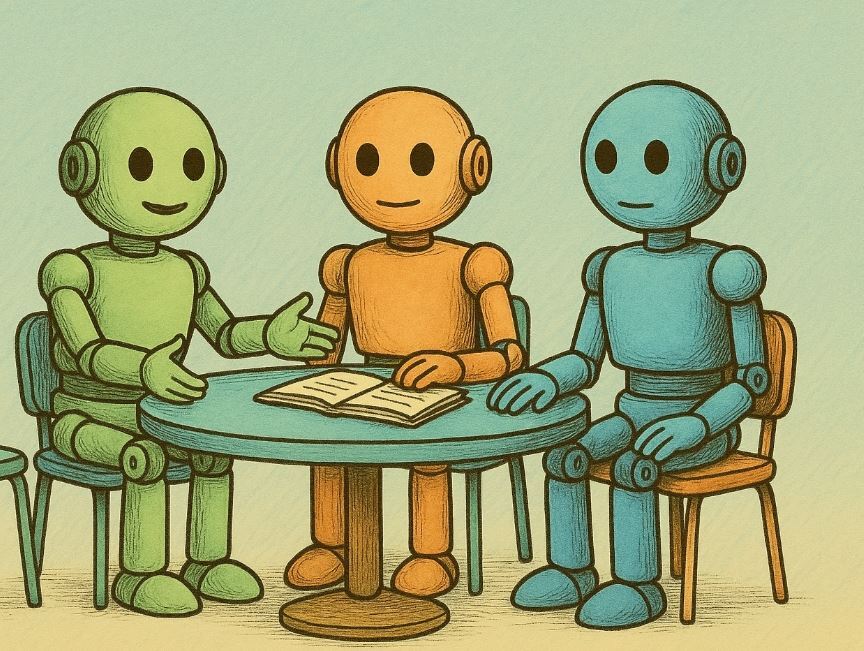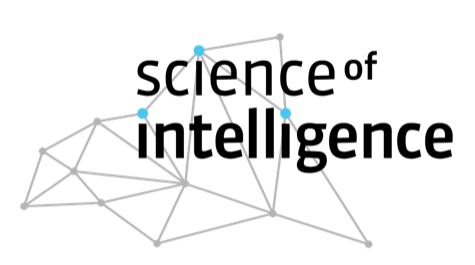Belonging in Academia: the last piece of the puzzle
With this final impulse in our series, we turn to the “B” in DEIB: Belonging. While diversity, equity, and inclusion address structures, representation, and access, belonging asks a deeper question: Do I actually feel like I belong here?
The idea itself is not new, psychologists like Abraham Maslow already placed belonging among the core human needs, but its role in diversity work is more recent. Over the last decade, belonging has gained attention in higher education and organizational studies, highlighting that representation alone does not ensure that people feel valued or safe enough to thrive.
In academia, belonging is particularly fragile. Steep hierarchies and constant competition can leave early-career researchers or administrative staff feeling peripheral. Professors may hold institutional authority yet still experience isolation within disciplinary silos. For women and other underrepresented groups, the challenges are compounded by subtle exclusions: missing role models, everyday microaggressions, or the recurring need to prove one’s legitimacy.
Why does this matter? Because without belonging, diversity, equity, and inclusion remain incomplete. Belonging transforms access into participation, and participation into creativity. A seminar, a lab, or a committee is not just a workplace but a social space where people either feel their voice carries weight or that it could vanish without notice.
Strengthening belonging goes beyond formal DEI measures. It calls for cultures of care: recognizing contributions publicly, creating transparent mentorship, inviting (not just tolerating) diverse perspectives, and practicing empathy in daily interactions. Sometimes, small gestures such as a genuine invitation to collaborate, respect for different working rhythms, or acknowledgement of invisible labor make the decisive difference.
If diversity asks who has access to a space, equity asks whether the space is fairly accessible to all involved, and inclusion asks how to make it accessible to everyone; belonging is the harvest of the answers to all these questions and of the efforts made in DEI. Belonging asks whose voice truly matters.
DEIB together form a framework and a compass for academic life. And perhaps belonging, as the last impulse, is the one that brings the results of all the other impulses together.
Resources
Maslow, A. H. (1943). A theory of human motivation. Psychological Review, 50(4), 370–396.
Strayhorn, T. L. (2019). College students’ sense of belonging: A key to educational success. Routledge.
Walton, G. M., & Brady, S. T. (2017). The many questions of belonging. In A. Elliot et al. (Eds.), Handbook of competence and motivation (pp. 272–293). Guilford Press.





